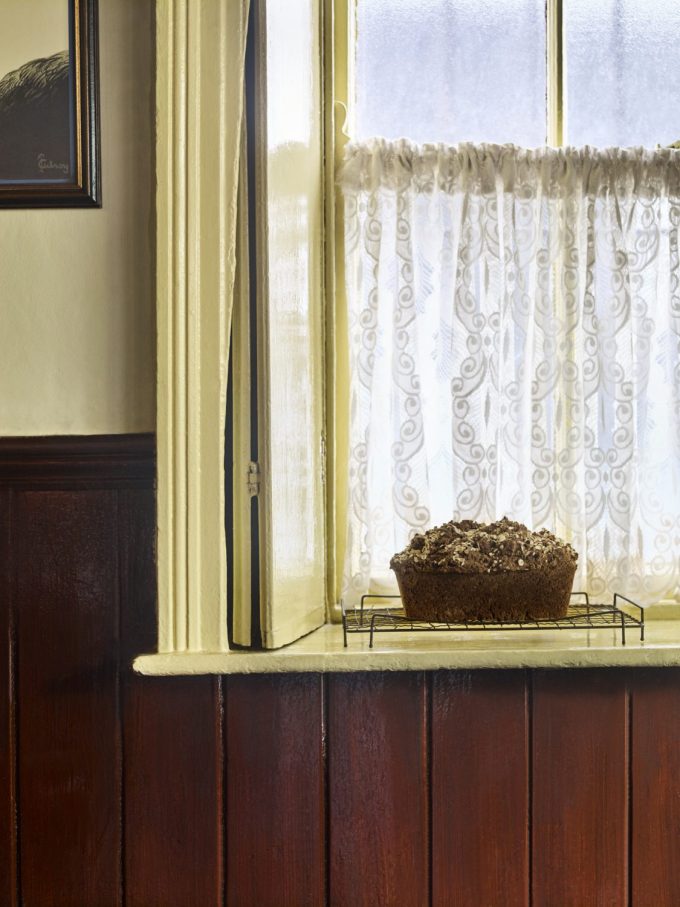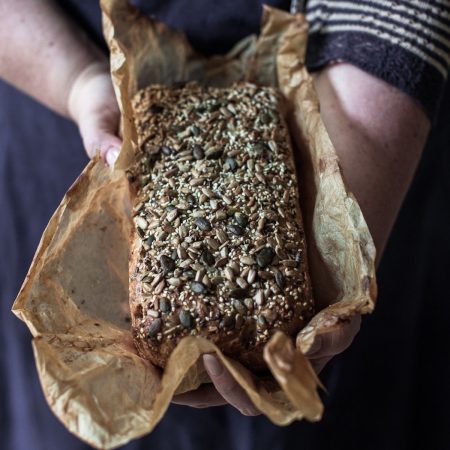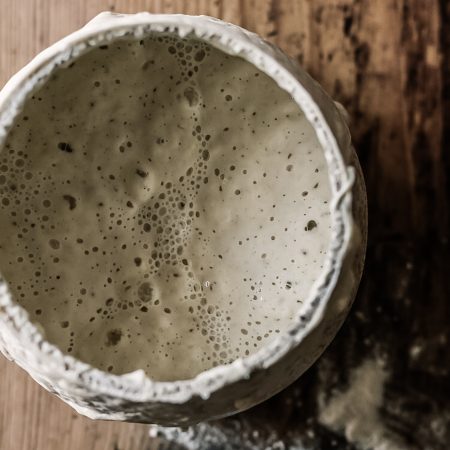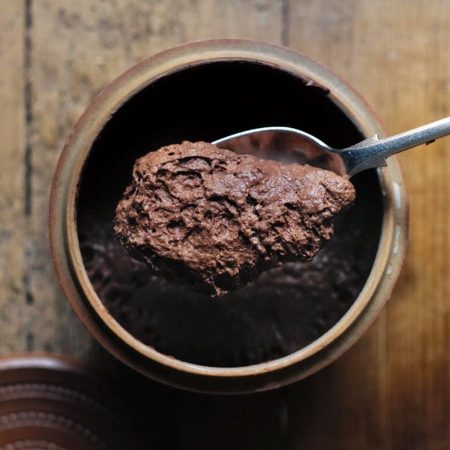
How to Convert a Standard Recipe into a Sourdough Version
I appreciate this bread is not a sourdough bread, but so many people ask me how they can convert a recipe such as this lovely one. What I tend to do is use about 20% of the weight of the flour as a lively, bubbly sourdough starter that I can mix in. I don’t put the bicarbonate of soda in, or I replace self-raising flour with plain flour.
Then, I mix it and leave it on the side until it has doubled in size, which takes between 8 and 10 hours. It’s very important to make sure that your water temperature—or the temperature of your dough—starts off at about 28°C. Sometimes, if my kitchen is cold, I will leave it in a proofing box at around 24–25°C.
So, although this recipe is not a sourdough recipe, if you want to convert it, this information will help. After the dough has risen, I just bake it as usual, following the rest of the recipe. I hope you enjoy this and that you’ll let me know if you find your favourite recipe to convert.
Excerpt taken from The Irish Bakery, Montgomery Press £27
The Irish like nothing more than a freshly baked loaf and a pint of well-poured Guinness – so this is the perfect combination of our two favourite things. If you don’t like Guinness (how could you not?), don’t worry, the Guinness is only used to add moisture and a rich depth in flavour to the loaf. It’s a bread that can I be rustled up quickly and spread with butter and then anything you can possibly imagine. It’s also a great freezer-friendly recipe to make ahead and keep until needed.
Makes 1 x 2 lb loaf
- 450 g (1 lb) coarse wholemeal flour
- 30 g (1 oz) porridge oats, plus extra for sprinkling
- 2 teaspoons dark soft brown sugar
- 110 g (4 oz) plain flour
- 2 teaspoons bicarbonate of soda (or leave out if you are doing a sourdough one)
- 1 teaspoon salt
- 300 ml (10 fl oz) buttermilk
- 180g of sourdough starter (if you are making sourdough version)
- 1 tablespoon black treacle
- 255 ml (9 fl oz) Guinness
Preheat the oven to 170C (375F/Gas 5) and grease a 2lb loaf tin.
In a large bowl, mix together the wholemeal flour, oats and sugar, then sift in the plain flour, bicarbonate of soda and salt. Mix well.
In a jug, combine the buttermilk, treacle and Guinness. Add the wet ingredients to the dry ingredients and stir well to form a dough.
Transfer the dough to the prepared loaf tin and sprinkle over some oats. ( if you are making the sourdough version leave on the kitchen table for 8 – 10 hours – if it is a cold kitchen put somewhere warmer about 23C – 24C)
Bake in the oven for 55 minutes. If the top of the bread starts to get too dark, cover it with foil. The bread should easily turn out of the tin when cooked and will sound hollow when tapped on the bottom.
Remove from the oven and allow to cool slightly in the tin, then turn out on to a wire rack to cool further before serving.




Leave a Reply